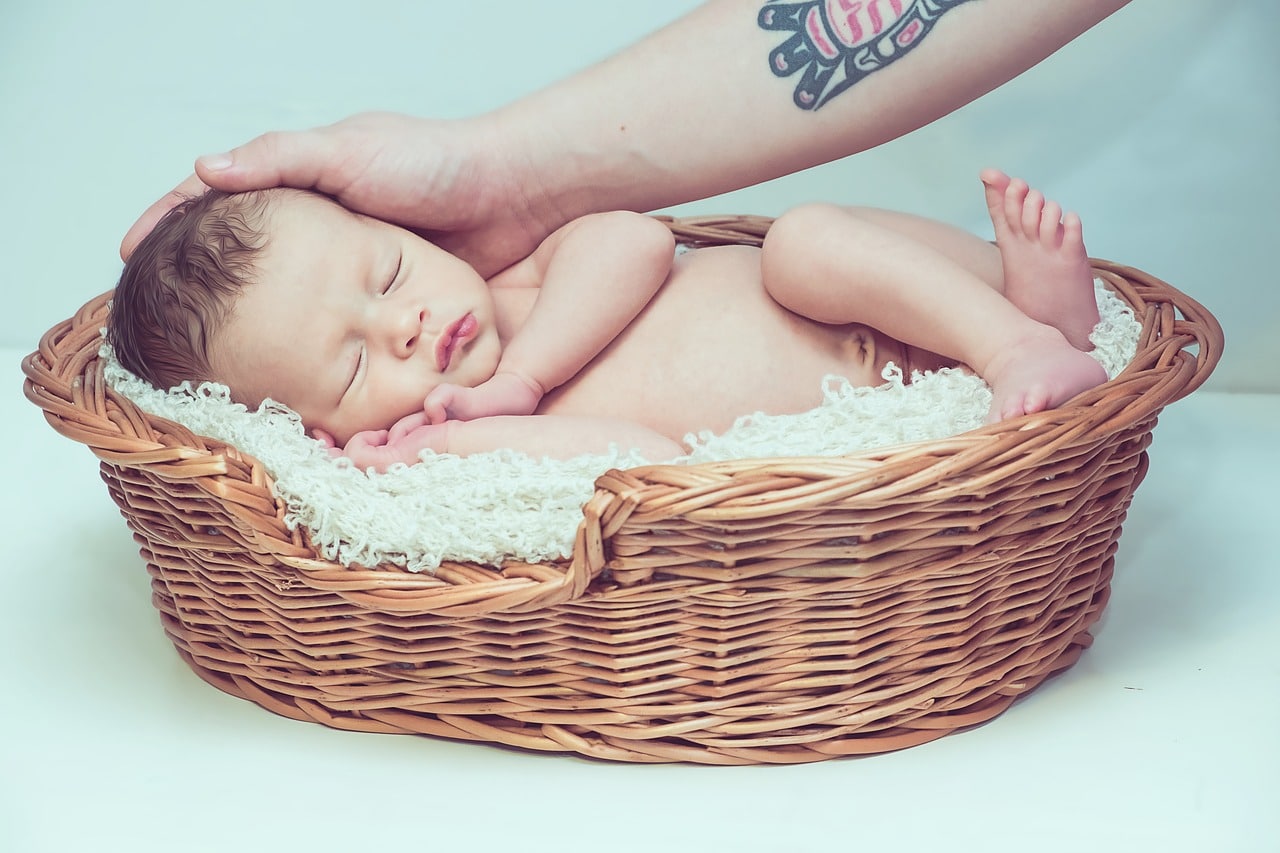What’s the Best Way to Prepare a Pet for a New Baby in the House?

A bundle of joy is on the way and the excitement is palpable. However, as you enter this new chapter of your life, it’s essential to help your pets adjust to the arrival of the new family member. Just as the transition can be overwhelming for you, imagine how it feels for your pets. They have been your only babies, and suddenly, they will have to share the spotlight. But don’t fret! With careful preparation, you can help ensure a smooth transition for both your fur babies and human baby. The following sections will provide practical tips on how to prepare your pet for the arrival of a new baby.
1. Gradually Adjust Your Pet’s Routine
The arrival of a baby will inevitably bring changes to your pet’s routine. Your dog or cat needs time to adjust to these changes without associating them with the baby’s arrival. Start making these adjustments gradually. For instance, if you walk your dog at a specific time, consider changing that time to align with when you expect to be caring for the baby.
Dans le meme genre : Can Turtles Recognize Their Owners?
Your pets will not understand why their routines have suddenly changed. Consequently, they may feel neglected or become anxious. Gradually adjusting their routines will give them the chance to adapt to the new schedule without feeling overwhelmed.
2. Create Baby Zones
It’s essential to establish boundaries for your pets around certain areas of the house. This is particularly important for areas your baby will spend a lot of time in. For example, your baby’s nursery should be a pet-free zone. Begin to establish this boundary before the baby arrives to allow your pet to adjust.
Dans le meme genre : How to Address Aggression Between Multiple Household Dogs?
Consider investing in baby gates to keep pets out of certain rooms or areas. These barriers not only keep your baby safe, but they also help your pets understand where they can and cannot go.
3. Familiarize Your Pet with Baby Sounds and Smells
Dogs and cats have excellent hearing and a keen sense of smell. The new sounds and smells that a baby brings into the house might be stressful for them. Therefore, it’s important to familiarize your pets with these new sensations ahead of time.
Play recordings of baby sounds to accustom your pets to the noise. Use baby products like lotion and powder on your skin so your pets get used to the new smell. By the time the baby arrives, these sounds and smells will be less startling to your pets.
4. Introduce Your Pet to the New Baby Gradually
A sudden introduction between your pet and baby might be overwhelming for both parties. It’s recommended to introduce them gradually and under controlled circumstances. When you bring your baby home, allow your pet to sniff an item of the baby’s clothing first. This will help your pet recognize the baby’s scent.
When it’s time for the face-to-face introduction, have one person hold the baby and another person control the pet. Allow your pet to approach the baby slowly and sniff them. Always supervise these interactions to ensure the safety of your baby and pet.
5. Reward Your Pet’s Good Behavior
Positive reinforcement will go a long way in helping your pet adjust to the new family setup. Ensure that you reward your pet’s good behavior around the baby. This could be as simple as giving them a treat or a good belly rub. This reinforces the idea that being calm and gentle around the baby leads to good things.
Remember, it’s crucial to be patient with your pet during this transition. It might take some time, but with consistency, they will adjust to the new family dynamic. Thoughtful preparation can help make the introduction of a new baby a joyful experience for every member of the family, pets included.
6. Teaching Your Dog Basic Commands
While you’ve probably already trained your dog with basic commands like sit, stay, and come, the addition of a new family member can cause some pets to forget their manners. The time before the baby arrives is an excellent opportunity to reinforce these commands or perhaps teach your dog a few new ones.
For example, you might want to teach your dog the "leave it" command. This instruction can be useful if your dog becomes overly interested in the baby’s toys or equipment. Similarly, "back" or "off" might be necessary if your dog has a tendency to jump up on people or furniture.
If your dog doesn’t already know these commands, consider seeking the help of a professional dog trainer. Even if you’re capable of teaching them yourself, a trainer can provide an objective third party perspective and might pick up on behavioral issues that you’ve missed.
Remember to be consistent with your commands and patient with your dog. Use positive reinforcement to reward good behaviors. This will help your dog feel more relaxed and confident, which can greatly reduce the potential for anxiety or aggression when the baby arrives.
In addition to the verbal commands, consider teaching your dog to be comfortable with the physical restrictions that may come with the baby’s presence. For example, rehearse scenarios in the baby room where you may need to use baby gates or other barriers. This practice will help familiarize your dog with these restrictions and make them feel less threatened or anxious.
7. Prepare Your Pet for the Baby’s Touch
Babies are naturally curious and will likely want to touch and grab your pet. Preparing your dog or cat for this kind of interaction will help prevent any negative reactions. Start by gently tugging on your pet’s ears or tail, as a baby might do. Give your pet a treat and praise them when they react calmly.
Also, spend time petting your dog or cat in the same way a baby might — with clumsy, unpredictable movements. Remember to always reward your pet’s calm and tolerant response to these actions.
It’s essential to monitor these interactions closely once the baby arrives. Never leave your baby alone with the pet. Also, teach your baby, once they’re old enough, to be gentle with the pet. Your pet needs to associate positive experiences with the baby, ensuring a smoother transition and a harmonious living environment.
Conclusion
Preparing your pet for the arrival of a new baby requires careful planning and consistency. However, with patience and understanding, you can help your pet and your newborn coexist happily. Remember, your pet was your first baby. So, it’s essential to help them feel secure and loved during this transition.
The practices of adjusting your pet’s routine, creating baby zones, familiarizing your pet with baby sounds and smells, gradually introducing your pet to the baby, rewarding good behavior, teaching your dog basic commands, and preparing your pet for the baby’s touch will go a long way in easing this transition.
Also, don’t forget to consult with a veterinarian or a pet behaviorist if you have concerns about your pet’s behavior. They can provide personalized advice based on your pet’s breed, age, and temperament.
It’s a joyous time for your family, and with a bit of preparation, it can be for your pet too. Remember, every interaction between your baby and pet is an opportunity for a bond to grow. The love and companionship they will share will be worth every effort you put into preparing your pet for the new arrival. So, take a deep breath, shower your pet with love, and look forward to the beautiful family moments ahead.
